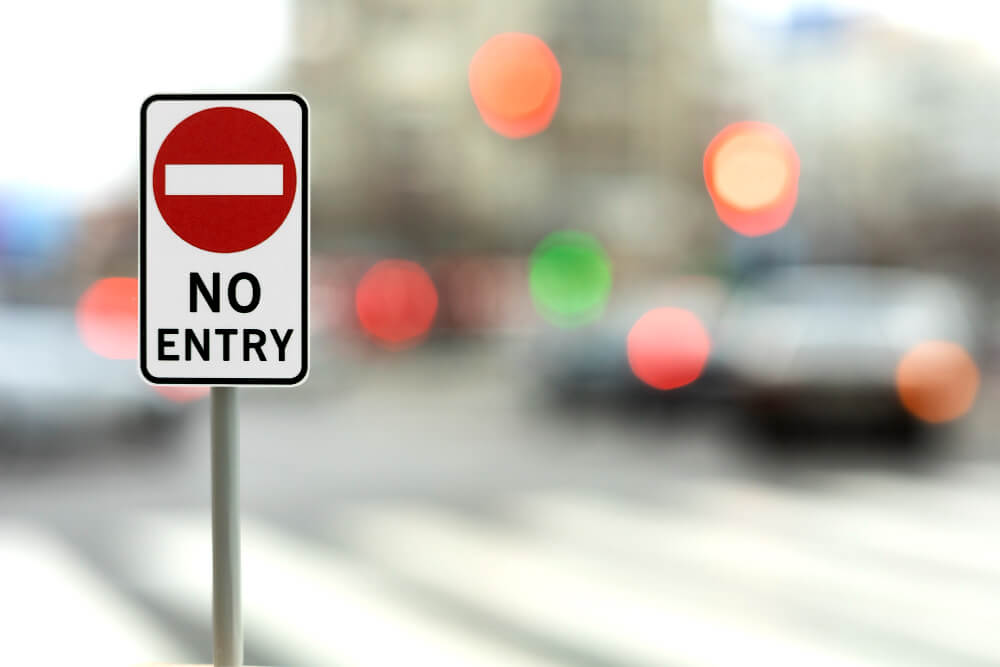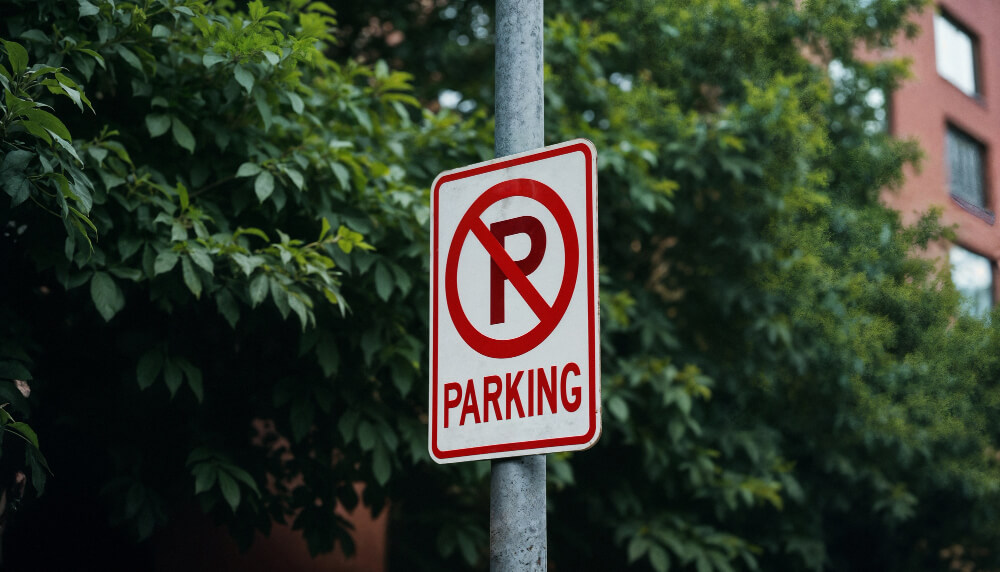Traffic signs play a crucial role in maintaining road safety, ensuring smooth traffic flow, and providing clear guidance to drivers and pedestrians. Among these, the no parking sign is an essential regulatory sign that helps prevent congestion, improve accessibility, and enhance public safety. Understanding its classification, purpose, and legal implications can help drivers comply with regulations and avoid fines.
What Type of Sign is a No Parking Sign?
A no parking sign falls under the category of regulatory traffic signs. Regulatory signs are designed to enforce traffic laws and rules that drivers must follow to ensure order and safety on the roads. These signs are usually characterized by specific colors, shapes, and symbols to make them easily recognizable.
Characteristics of No Parking Signs
- Shape: Rectangular or square
- Color: Typically red and white
- Symbol: A red circle with a diagonal line crossing a letter “P” or text that reads “No Parking”
- Placement: Near curbs, driveways, fire hydrants, bus stops, loading zones, and restricted areas
Difference Between No Parking, No Stopping, and No Standing Signs
- No Parking: You can stop temporarily to drop off or pick up passengers but cannot leave your vehicle unattended.
- No Stopping: You cannot stop at all, even momentarily, unless directed by an officer or in an emergency.
- No Standing: You can stop to load or unload passengers but cannot wait or park for an extended period.
Importance of No Parking Signs
Enhancing Road Safety and Preventing Accidents
No parking signs prevent vehicles from blocking sightlines at intersections, crosswalks, and school zones, reducing the risk of accidents caused by obstructed views.
Improving Traffic Flow and Reducing Congestion
When vehicles park illegally, they create bottlenecks that slow down traffic. No parking signs keep roads clear and maintain smooth movement in high-traffic areas.
Ensuring Emergency Access for First Responders
Blocking fire lanes, hydrants, and emergency exits can delay response times for fire trucks, ambulances, and police vehicles. No parking zones ensure first responders have unobstructed access to critical areas.
Facilitating Pedestrian Movement and Sidewalk Accessibility
Illegally parked cars can force pedestrians onto the road, increasing the risk of accidents. Properly enforced no parking zones keep sidewalks clear and safe for pedestrians, especially in urban areas.
Preventing Parking Violations and Avoiding Costly Fines
Parking in restricted areas can lead to hefty fines and penalties. No parking signs provide clear guidance to drivers, helping them avoid violations that could result in towing and impoundment.
Types of No Parking Signs and Their Meanings
Permanent No Parking Signs
These are installed in locations where parking is prohibited at all times, such as near fire hydrants, bus stops, and loading docks.
Time-Restricted No Parking Signs
Some areas allow parking only during specific hours. For example, a sign may state “No Parking 7 AM – 7 PM,” meaning parking is allowed outside of these hours.
Temporary No Parking Signs for Special Events
Authorities may place temporary no parking signs for construction work, parades, or special events to manage traffic flow and public safety.
Towing Enforced No Parking Signs for Restricted Zones
Some no-parking areas include warnings about towing, indicating that illegally parked vehicles will be removed at the owner’s expense.
Handicapped No Parking Signs and ADA Compliance
These signs reserve spaces exclusively for vehicles with disability permits. Parking in these spaces without proper authorization can result in heavy fines and legal consequences.
Legal Implications of Ignoring No Parking Signs
Fines and Penalties for Parking Violations
Parking in a restricted zone can lead to fines ranging from $25 to over $500, depending on location and severity.
Towing and Impoundment Fees
Vehicles parked in tow-away zones may be impounded, requiring owners to pay towing and storage fees to retrieve their cars.
License Points and Increased Insurance Rates
Repeated parking violations can result in points on a driver’s license, potentially leading to higher insurance premiums and driving record consequences.
Legal Liability for Traffic Obstruction
If an illegally parked car contributes to an accident, the owner may be held liable for damages and injuries, leading to legal and financial consequences.

Best Practices for Drivers to Avoid No Parking Violations
Always Check for Signage and Local Parking Rules
Before parking, look for no parking signs, curb markings, and restrictions to ensure compliance with local parking regulations.
Use Parking Apps to Find Legal Parking Spots
Apps like ParkMobile and SpotHero provide real-time information on parking regulations and available spaces in cities with heavy parking restrictions.
Follow Curb Markings and Street Signs
Red, yellow, and blue curb markings often indicate restricted parking areas, even if no sign is posted. Always be aware of colored curb zones.
Pay Attention to Time Restrictions and Enforcement Hours
Set a reminder to move your car before the allowed parking period expires in time-restricted zones to avoid unnecessary parking tickets.
Be Aware of Special Events and Roadwork That May Affect Parking
Temporary no parking signs may be placed for street cleaning, parades, or construction. Always check for updates before parking in a familiar spot.
Avoid Fire Lanes, Hydrants, and Emergency Zones
Parking near fire hydrants or in emergency response areas is strictly prohibited. Violating these restrictions may result in heavy fines and vehicle towing.
Conclusion
A no-parking sign is a crucial regulatory traffic sign that helps control parking behavior, prevent congestion, and ensure road safety. Understanding the different types of no-parking signs, their legal implications, and best practices can help drivers avoid fines and contribute to a safer, more organized traffic system. By respecting these signs, motorists can ensure better traffic flow and maintain compliance with local regulations.
GovComm suggest that next time you park, take a moment to check for no parking signs—it could save you from a ticket or tow!


